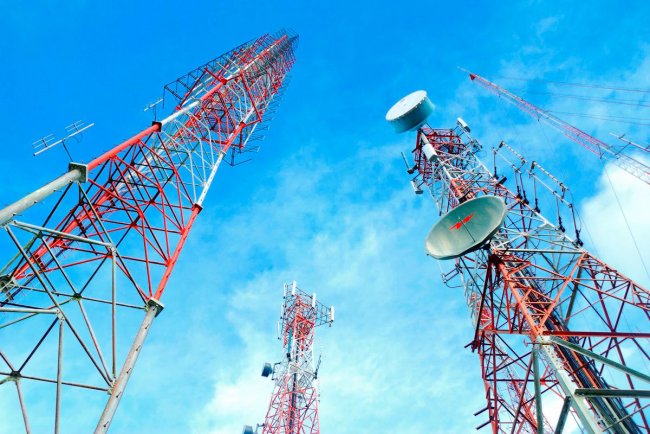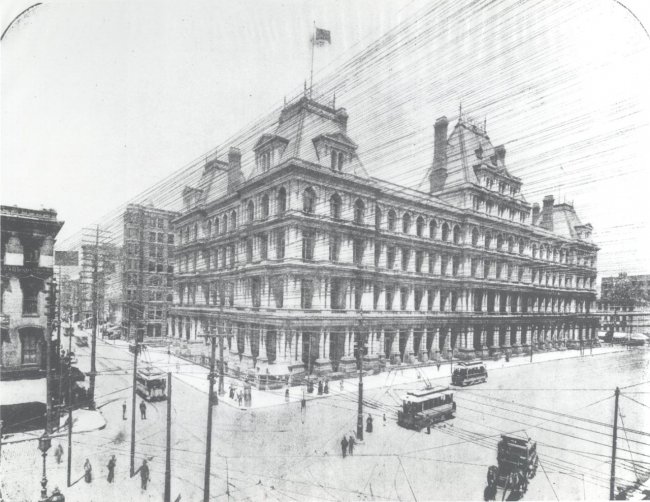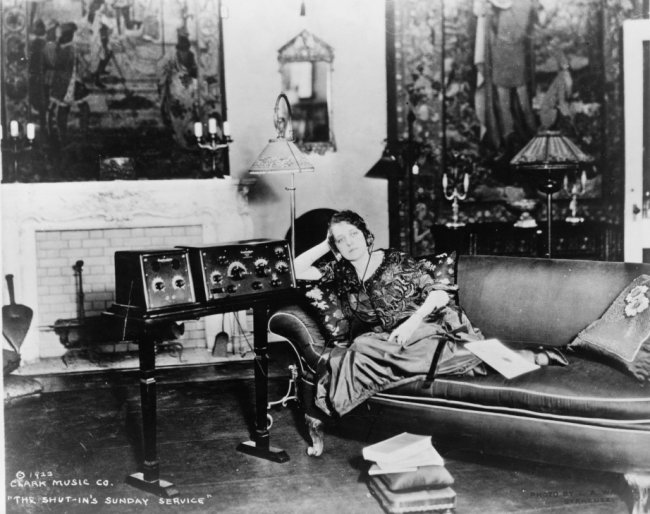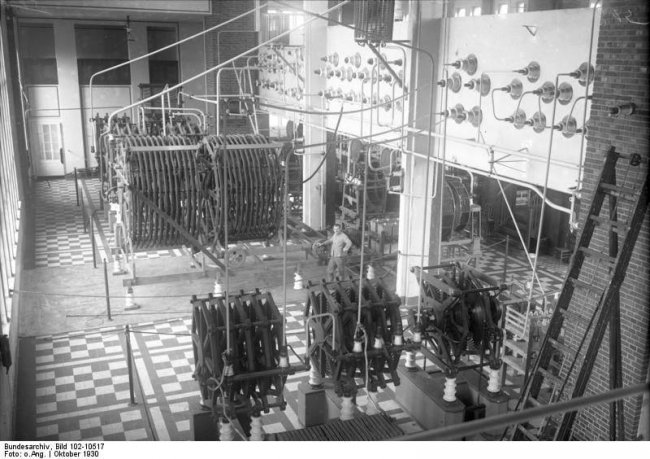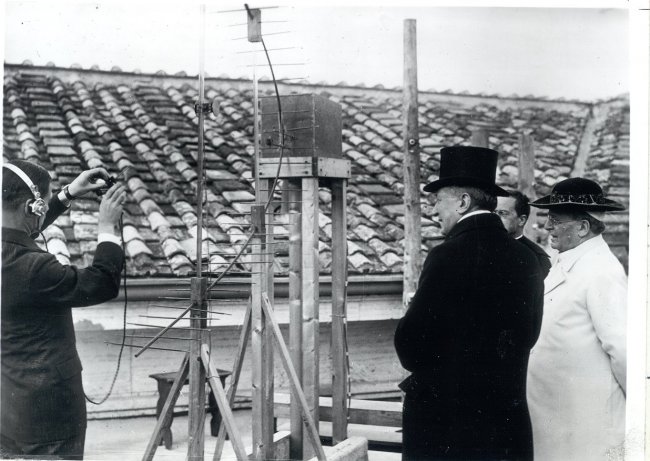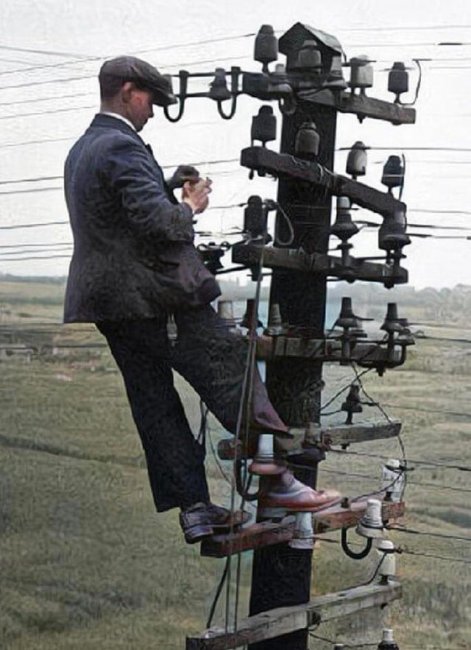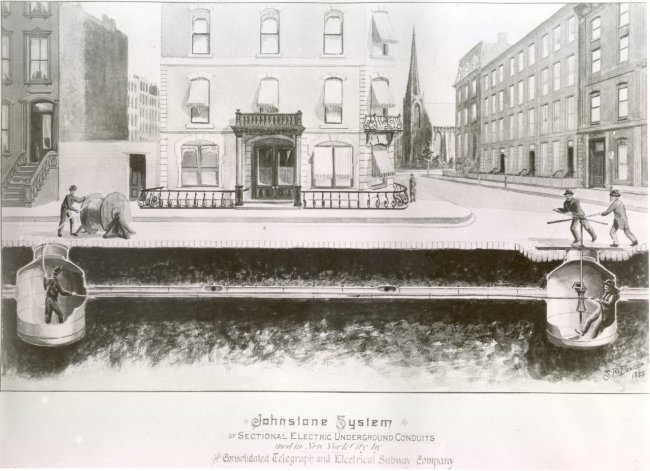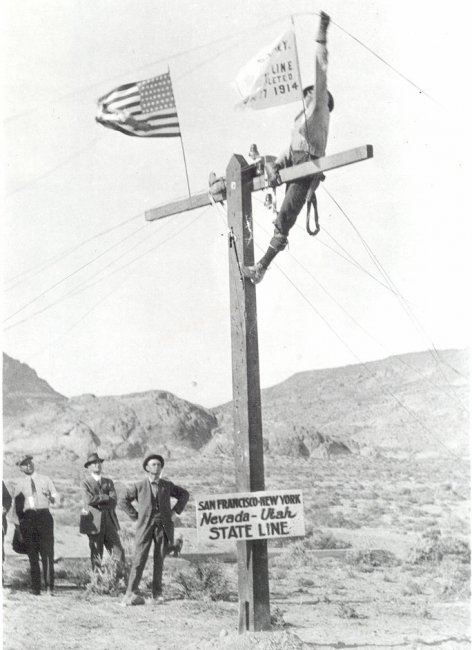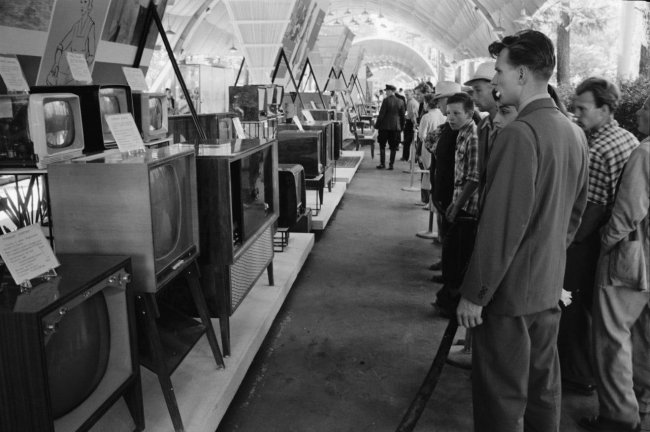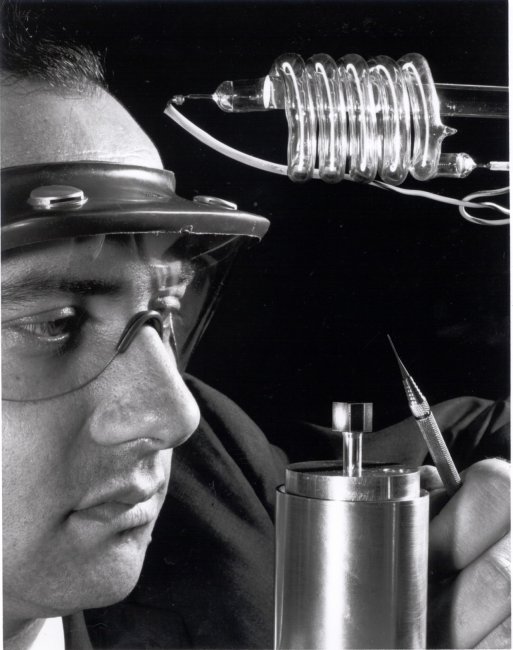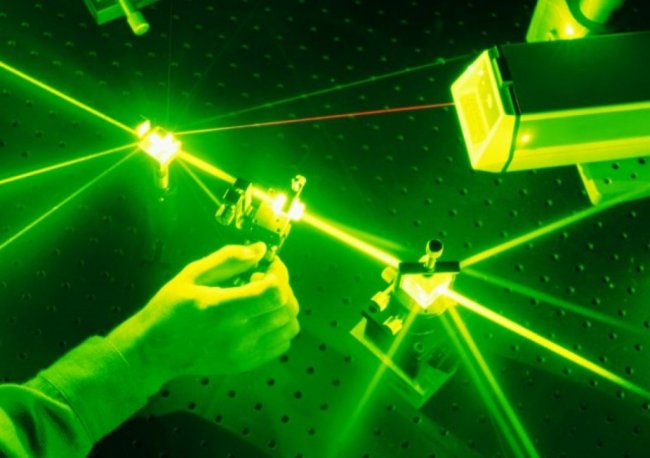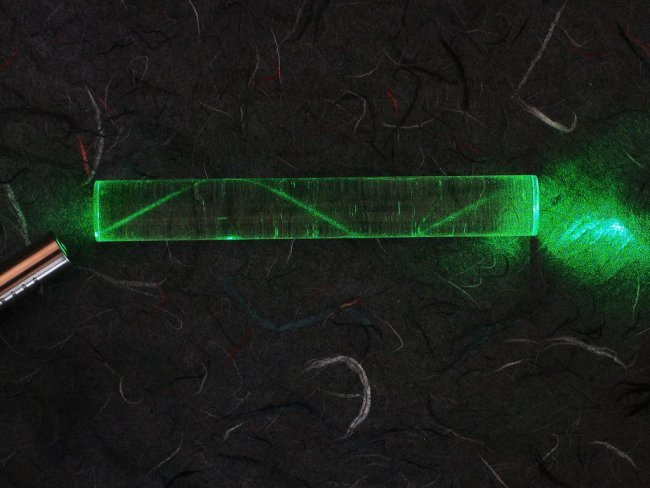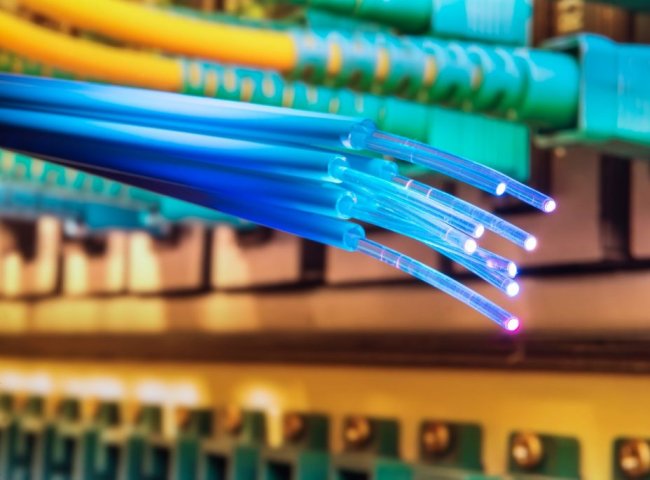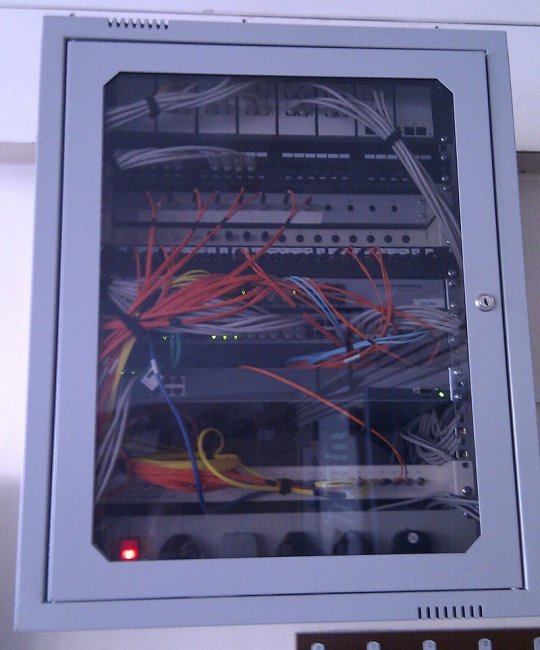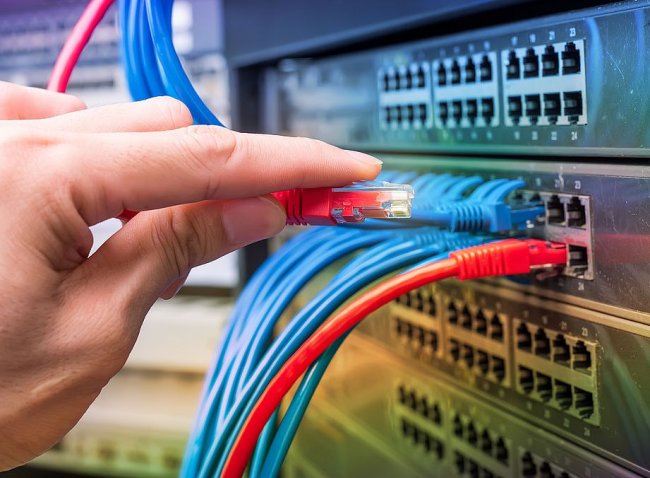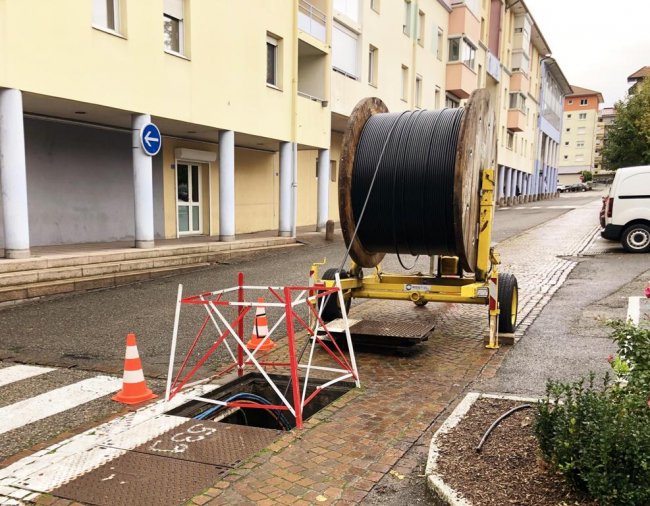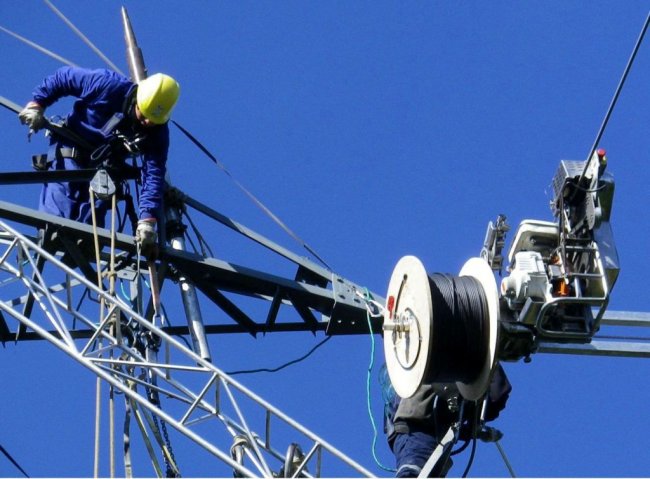Optical communication systems: purpose, history of creation, advantages
How did the electrical connection come about?
The prototypes of modern communication systems appeared in the last century and by the end of their telegraph wires had entangled the whole world. Hundreds of thousands of telegrams were transmitted over them, and soon the telegraph ceased to cope with the load. Dispatches were delayed and there was still no long-distance telephone and radio communication.
At the beginning of the 20th century, the electron tube was invented. Radio technology began to develop rapidly, the foundations of electronics were laid. Signalers have learned to transmit radio waves not only through space (through the air), but also to send them over wires and through communication cables.
The use of radio waves served as the basis for compacting the most expensive and inefficient part of information transmission systems - linear devices. By compressing the line in frequency, in time, using special methods of "packaging" information, today it is possible to transmit tens of thousands of different messages on a single line per unit of time. Such communication is called multichannel.
The boundaries between different types of communication began to blur. They harmoniously complemented each other, telegraph, telephone, radio, and later television, radio relay, and later satellite, space communications were united in a common electrical communication system.
Modern communication technologies
Information tightness of communication channels
Waves with a length of 3000 km to 4 mm work in the information transmission channels. The equipment is in operation capable of transmitting 400 megabits per second over a communication channel (400 Mbit / s is 400 million bits per second). If we take a letter in this order for 1 bit, then 400 Mbit will make up a library of 500 volumes, each with 20 printed sheets).
Are current means of electrical communication similar to their prototypes from the last century? Pretty much the same as a show jumping plane. Despite all the perfection of equipment in modern communication channels, alas, it is too crowded: much closer than in the 90s of the last century.
Telegraph wires in Cincinnati, USA (early 20th century)
A woman listens to the radio through headphones, March 28, 1923.
There is a contradiction between the growing need for information transmission and the basic properties of the physical processes currently used in communication channels. In order to dilute the "information density", it is necessary to conquer shorter and shorter waves, that is, to master higher and higher frequencies. The nature of electromagnetic oscillations is such that the higher their frequency, the more information per unit of time can be transmitted over the communication channel.
But with all the greater difficulties that communicators have to face: with a decrease in the wave, the internal (intrinsic) noises of the receiving devices increase sharply, the power of the generators decreases, and the efficiency decreases significantly. transmitters, and of all the electricity consumed, only a small part is converted into useful radio wave energy.
The output transformer of the tube transmission circuit of the Nauen radio station in Germany with a range of over 20,000 kilometers (October 1930)
The first UHF radio communications were established between the Vatican and the summer residence of Pope Pius XI, 1933.
Ultra short waves (UHF) lose their energy catastrophically quickly along the way. Therefore, message signals have to be amplified and regenerated (restored) too often. We have to resort to complex and expensive equipment. Communication in the centimeter range of radio waves, let alone the millimeter range, faces numerous obstacles.
Disadvantages of electrical communication channels
Almost all modern electrical communications are multi-channel. To transmit on a 400 Mbit / s channel, you need to work in the decimimeter range of radio waves. This is possible only in the presence of very complex equipment and, of course, a special high-frequency (coaxial) cable, which consists of one or more coaxial pairs.
In each pair, the outer and inner conductors are coaxial cylinders. Two such pairs can simultaneously transmit 3,600 phone calls or several TV programs. In this case, however, the signals must be amplified and regenerated every 1.5 km.
A stylish signalman in the 1920s
Communication channels are dominated by cable lines. They are protected from external influences, electric and magnetic disturbances. The cables are durable and reliable in operation, they are convenient for laying in different environments.
However, the production of cables and communication wires takes more than half of the world's production of non-ferrous metals, whose reserves are rapidly dwindling.
The metal is becoming more expensive. And the production of cables, especially coaxial ones, is a complex and extremely energy-intensive business. And the need for them is growing. Therefore, it is not difficult to imagine what the costs are for the construction of communication lines and their operation.
Installation of a cable line in New York, 1888.
The communication network is the most spectacular and expensive structure that man has ever created on Earth. How to develop it further, if already in the 50s of the XX century it became clear that telecommunications was approaching the threshold of its economic feasibility?
Completion of the Transcontinental Telephone Line, Wendover, Utah, 1914.
To eliminate "information density in communication channels, it was necessary to learn how to use the optical ranges of electromagnetic oscillations. After all, light waves have millions of times more vibrations than VHF.
If an optical communication channel were created, it would be possible to simultaneously transmit several thousand television programs and many more telephone calls and radio broadcasts.
The task seemed daunting. But on the way to its solution, a kind of labyrinth of problems arose before the scientists and signalmen. XX centuries no one knew how to overcome it.
"Soviet Television and Radio" — exhibition in "Sokolniki" park, Moscow, August 5, 1959.
Lasers
In 1960, an amazing light source was created - a laser or optical quantum generator (LQG). This device has unique properties.
It is impossible to tell about the principle of operation and the device of various lasers within a short article. There was already a detailed article on lasers on our website: The device and principle of operation of lasers… Here we limit ourselves to enumerating only those features of the laser which have attracted the attention of communication workers.
Ted Mayman, counter-instructor of the first working laser, 1960.
First of all, let's state the coherence of the radiation. Laser light is almost monochromatic (one color) and diverges in space times less than the light of the most perfect searchlight. The energy concentrated in the needle beam of the laser is very high. It was these and some other properties of the laser that prompted communications workers to use the laser for optical communication.
The first drafts were summarized as follows. If you use a laser as a generator and modulate its beam with a message signal, you get an optical transmitter. Directing the beam to the light receiver, we get an optical communication channel. No wires, no cables. Communication will be through space (open laser communication).
Experience with lasers in a science lab
Laboratory experiments brilliantly confirmed the hypothesis of communication workers. And soon there was an opportunity to test this connection in practice.Unfortunately, the hopes of signalmen for open laser communication on Earth did not come true: rain, snow, fog made communication uncertain and often completely cut it off.
It became obvious that light waves carrying information must be shielded by the atmosphere. This can be done with the help of waveguides - thin, uniform and very smooth metal tubes inside.
But engineers and economists immediately recognized the difficulties involved in making absolutely smooth and even waveguides. Waveguides were more expensive than gold. Apparently the game wasn't worth the candle.
They had to look for fundamentally new ways of creating world guides. It had to be ensured that the light guides were not made of metal, but of some cheap, non-scarce raw material. It took decades to develop optical fibers suitable for transmitting information using light.
The first such fiber is made of ultra-pure glass. A two-layer coaxial core and shell structure was created. The glass types were chosen so that the core has a higher refractive index than the cladding.
Almost total internal reflection in the optical medium
But how to connect different glasses so that there are no defects at the boundary between the core and the shell? How to achieve smoothness, uniformity and at the same time maximum fiber strength?
Through the efforts of scientists and engineers, the desired optical fiber was finally created. Today, light signals are transmitted over hundreds and thousands of kilometers through it. But what are the laws of propagation of light energy on non-metallic (dielectric) conducting media?
Fiber modes
Single-mode and multimode fibers belong to optical fibers through which light travels, experiencing acts of repeated internal reflection at the core-cladding interface (experts mean the natural oscillations of the resonator system by "mode").
The modes of the fiber are its own waves, i.e. those that are captured by the core of the fiber and spread along the fiber from its beginning to its end.
The type of fiber is determined by its design: the components from which the core and cladding are made, as well as the ratio of the dimensions of the fiber to the wavelength used (the last parameter is particularly important).
In single-mode fibers, the core diameter must be close to the natural wavelength. Of the many waves, the core of the fiber captures only one of its own waves. Therefore, the fiber (light guide) is called single-mode.
If the diameter of the core exceeds the length of a certain wave, then the fiber is able to conduct several tens or even hundreds of different waves at once. This is how multimode fiber works.
Transmission of information by light through optical fibers
Light is injected into the optical fiber only from an appropriate source. Most often — from a laser. But nothing is perfect by nature. Therefore, the laser beam, despite its inherent monochromaticity, still contains a certain frequency spectrum, or, in other words, emits a certain range of wavelengths.
What besides a laser can serve as a light source for optical fibers? High brightness LEDs. However, the directivity of the radiation in them is much smaller than that of lasers.Therefore, tens and hundreds of times less energy is introduced into the fiber by the singed diodes than by the laser.
When a laser beam is directed at the core of the fiber, each wave strikes it at a strictly defined angle. This means that different eigenwaves (modes) for the same time interval pass through the fiber (from its beginning to the end) paths of different lengths. This is wave dispersion.
And what happens to the signals? Passing a different path in the fiber for the same time interval, they can reach the end of the line in a distorted form. Experts call this phenomenon mode dispersion.
The core and sheath of the fiber are like. already mentioned, they are made of glass with different refractive indices. And the refractive index of any substance depends on the wavelength of light that affects the substance. Therefore, there is a dispersion of matter, or in other words, a material dispersion.
Wavelength, mode, material dispersion are three factors that negatively affect the transmission of light energy through optical fibers.
There is no mode dispersion in single-mode fibers. Therefore, such fibers can transmit hundreds of times more information per unit time than multimode fibers. What about dispersions of waves and materials?
In single-mode fibers, attempts are made to ensure that, under certain conditions, the wave and material dispersions cancel each other out. Subsequently, it was possible to create such a fiber, where the negative effect of mode and wave dispersion was significantly weakened. How did you manage it?
We selected the graph of the dependence of the change in the refractive index of the fiber material with a change in its distance from the axis (along the radius) according to the parabolic law. Light travels along such a fiber without experiencing multiple total reflection acts at the core-cladding interface.
Communication distribution cabinet. Yellow cables are single-mode fibers, orange and blue cables are multimode fibers
The paths of the light captured by the optical fiber are different. Some rays spread along the axis of the core, deviating from it in one direction or another at equal distances ("snake"), others lying in the planes crossing the axis of the fiber form a set of spirals. The radius of some remains constant, the radii of others change periodically. Such fibers are called refractive or gradient.
It is very important to know; at what limiting angle must the light be directed to the end of each optical fiber. This determines how much light will enter the fiber and be conducted from the beginning to the end of the optical line. This angle is determined by the numerical aperture of the fiber (or simply — the aperture).
Optical communication
FOCL
As optical communication lines (FOCL), optical fibers, themselves thin and fragile, cannot be used. Fibers are used as raw material for the production of optical fiber cables (FOC). FOCs are produced in a variety of designs, shapes and purposes.
In terms of strength and reliability, FOCs are not inferior to their metal-intensive prototypes and can be laid in the same environments as cables with metallic conductors — in the air, underground, on the bottom of rivers and seas. WOK is much easier.Importantly, FOCs are completely insensitive to electrical disturbances and magnetic influences. After all, it is difficult to deal with such interference in metal cables.
Optical cables of the first generation in the 1980s and 1990s successfully replaced coaxial highways between automatic telephone exchanges. The length of these lines did not exceed 10-15 km, but the signalmen breathed a sigh of relief when it became possible to transmit all the necessary information without intermediate regenerators.
A large supply of "living space" appeared in communication channels, and the concept of "information tightness" lost its relevance. Light, thin and flexible enough, the FOC was laid without difficulty in the existing underground telephone.
With the automatic telephone exchange, it was necessary to add simple equipment that converts optical signals to electrical (at the input from the previous station) and electrical to optical (at the output to the next station). All switching equipment, subscriber lines and their telephones have not undergone any changes. Everything turned out, as they say, cheap and cheerful.
Installation of fiber optic cable in the city
Installation of optical cable on the support of the overhead transmission line
Through modern optical communication lines, information is transmitted not in analog (continuous) form, but in discrete (digital) form.
Optical communication lines, they allowed in the last 30-40 years to carry out revolutionary transformations in communication technologies and relatively quickly for a long period of time to put an end to the problem of "information tightness" in information transmission channels.Among all means of communication and transmission, information, optical communication lines occupy a leading position and will dominate throughout the XXI century.
Additionally:
The principle of conversion and transmission of information on optical fibers

